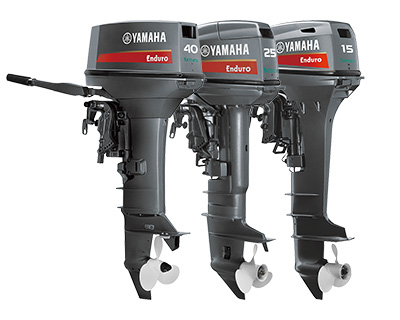Blog
Yamaha Two-Stroke Outboards
Yamaha Two-Stroke Outboards: Power and Performance on the Water
When it comes to marine engines, Yamaha two-stroke outboards have earned a stellar reputation for their reliability and performance. Whether you’re a recreational boater or a commercial fisherman, these outboards offer exceptional power, maneuverability, and ease of use. In this blog post, we will explore the advantages of Yamaha two-stroke outboards, their features, and why they are a preferred choice for many boaters.
Table of Contents
- Advantages of Yamaha Two-Stroke Outboards
- Key Features of Yamaha Two-Stroke Outboards
- Maintenance Tips for Yamaha Two-Stroke Outboards
- Conclusion
Advantages of Yamaha Two-Stroke Outboards
One of the most significant benefits of Yamaha two-stroke outboards is their lightweight design. Unlike their four-stroke counterparts, two-stroke engines are generally more compact and easier to transport. This feature makes them ideal for smaller boats and vessels navigating in shallower waters. Additionally, Yamaha’s two-stroke technology ensures a high power-to-weight ratio, allowing boats to reach their desired speeds quickly.
Another advantage of Yamaha two-stroke outboards is their simplicity. With fewer moving parts than four-stroke engines, these outboards are less prone to mechanical issues. This translates to lower maintenance costs and fewer headaches for boaters. Moreover, their straightforward design makes them easy to repair, should the need arise.
Key Features of Yamaha Two-Stroke Outboards
Yamaha two-stroke outboards come equipped with several features that enhance their usability and performance:
- High RPM and Torque: Yamaha engines provide excellent power at high RPMs, enabling faster acceleration and better performance in various conditions.
- Fuel Efficiency: Engineered for better fuel consumption, Yamaha’s two-stroke outboards ensure you can enjoy longer outings without frequent refueling.
- Durability: Designed to withstand harsh marine environments, these outboards are built with corrosion-resistant materials to last many boating seasons.
- Easy Start and Operation: With features like electronic ignition and advanced gear-shifting mechanisms, Yamaha engines ensure smooth starts and easy handling.
With all these features, Yamaha two-stroke outboards not only deliver superior performance but also enhance the overall boating experience.
Maintenance Tips for Yamaha Two-Stroke Outboards
To ensure your Yamaha two-stroke outboard stays in peak condition, regular maintenance is essential. Here are some tips to keep your engine running efficiently:
- Regular Oil Checks: Two-stroke engines typically require oil to mix with fuel. Regularly check oil levels and use the appropriate type of oil recommended by Yamaha.
- Inspect the Fuel System: Ensure that your fuel lines, filters, and the gas tank are in good condition to prevent clogs and leaks.
- Cleansing the Spark Plug: A dirty spark plug can hinder engine performance. Clean or replace the spark plugs as necessary to maintain optimum performance.
- Winterization: If you live in an area that experiences winter, make sure to winterize your two-stroke outboard to prevent damage from freezing temperatures.
Following these maintenance tips will prolong the life of your Yamaha two-stroke outboard and ensure that it performs at its best season after season.
Conclusion
When you’re in the market for a dependable and powerful marine engine, Yamaha two-stroke outboards are an excellent choice. With their lightweight design, ease of maintenance, and superior performance, they cater to both casual and serious boaters alike. If you want to experience the benefits of Yamaha two-stroke outboards firsthand, visit Outboards Motors Online today for a selection that can meet all your boating needs. Yamaha two-stroke outboards are not only efficient but also proven to deliver on the water, offering the perfect blend of reliability and speed.
With proper care and regular maintenance, you can enjoy many successful seasons on the water with a Yamaha two-stroke outboard. Don’t wait any longer—discover the power and performance Yamaha has to offer!


